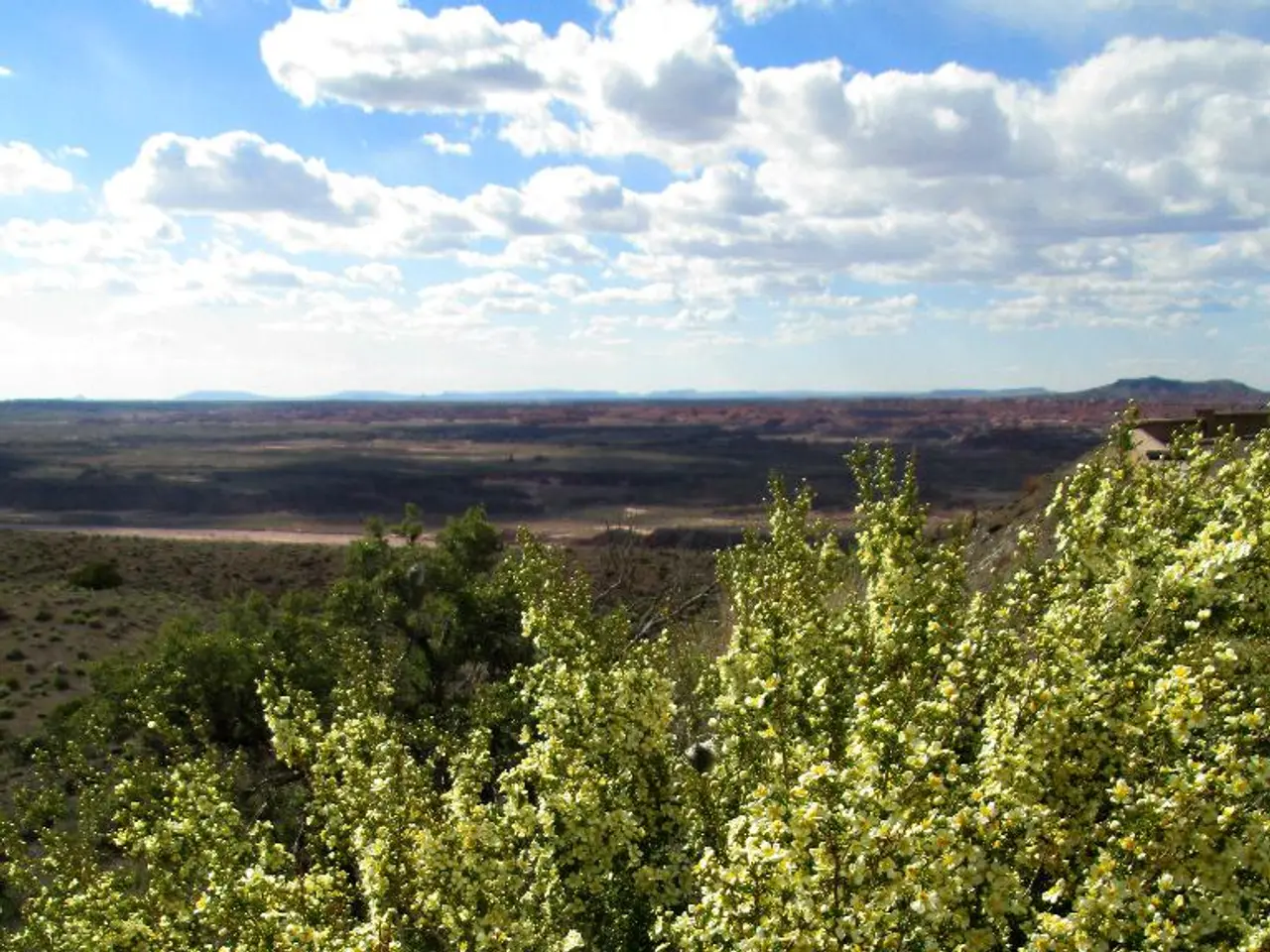Earth Not-a-Unified Organism: Explanation Behind Earth Not Being Classified as a Single Living Entity
The term "superorganism" has been a topic of intrigue in scientific circles for over a century, but its origins and historical usage have been subject to some misconceptions. The term was first coined in the late 19th century by legal and economic writer William Edward Hearn, not James Hutton as was erroneously attributed by James Lovelock [1].
In the 1920s, entomologist William Morton Wheeler popularized the term to describe insect colonies, especially social insects like ants and bees, as integrated entities functioning much like a single organism [1]. Wheeler's usage emphasized the collective behavior and organization of these insect societies.
Despite the misattribution by Lovelock, the concept of a superorganism has been influential and later embraced by notable scientists like E. O. Wilson [5]. The term "eusocial" was only coined much later, in 1966, to describe the specific social organization of certain insects, but is related in concept to Wheeler's "superorganism" idea.
Earth, however, is not a superorganism in the same sense. While it is a cohesive system that absorbs, stores, and transforms energy, and has highly organized structures, membranes, and both short and long-term rhythms, it is not a single organism or a composite superorganism [6]. Earth is a vast, interconnected living system, or a living planet, with life thoroughly intertwined with its geology and chemistry [7].
The Amazon rainforest, for instance, functions as a "biogeochemical reactor" that sustains and stabilizes itself, generates about half of the rain that falls on its canopy, and has maintained its essential structural features and ecological characteristics for more than 55 million years [2]. The cells within the leaves of a tree are indisputably alive, but they are not typically regarded as organisms themselves.
The Gaia hypothesis, developed by James Lovelock, suggests that Earth is a single, living, self-regulating system [3]. However, this idea has been met with scientific critiques. Earth is not a single organism, but it is very much alive and can be considered a vast interconnected living system.
The misconceptions surrounding the origin and usage of the term "superorganism" serve as a reminder of the importance of historical accuracy in scientific discourse. The term's influence extends to various academic disciplines and popular culture, and its nuanced understanding can deepen our appreciation for the intricate interplay between life, geology, and chemistry on our planet.
References: [1] National Geographic. (2014, November 19). The Superorganism. Retrieved from https://www.nationalgeographic.com/science/article/superorganism [2] National Geographic. (2020, August 26). The Amazon Rainforest: A Biological Diversity Hotspot. Retrieved from https://www.nationalgeographic.com/environment/habitats/amazon-rainforest/ [3] Lovelock, J. E. (1979). Gaia: A New Look at Life on Earth. Oxford University Press. [4] Tansley, A. G. (1935). The Use and Abuse of Vegetational Concepts and Terms. Ecology, 26(4), 365-384. [5] Wilson, E. O. (1971). The Insect Societies. Harvard University Press. [6] Kump, L. R., et al. (2011). Earth System Science: An Integrated Approach. W. H. Freeman. [7] Lovelock, J. E. (1995). Gaia: The Practical Science of Planetary Medicine. Oxford University Press.
- By delving into the historical usage of the term "superorganism," we can deepen our appreciation for the intricate interplay between life, geology, and chemistry, as demonstrated in various academic disciplines like environmental science and deep ecology.
- In the realm of education and self-development, it's crucial to learn about the misconceptions surrounding the term "superorganism" in order to promote accuracy and understanding in our discussion of the Earth's makeup and climate-change.
- Art and culture have been influenced by the concept of a superorganism, with various magazines and publications exploring the idea of Earth as a living planet or a vast interconnected community.
- While the Amazon rainforest operates as a "biogeochemical reactor" that maintains its essential features for millions of years, it does not function as a single organism like the insect colonies described by William Morton Wheeler in the 1920s.
- Although Earth, unlike an ant colony, is not a single organism or composite superorganism, it can still be considered as a living planet with both short and long-term rhythms, highly organized structures, and an interconnected system that absorbs, stores, and transforms energy.




